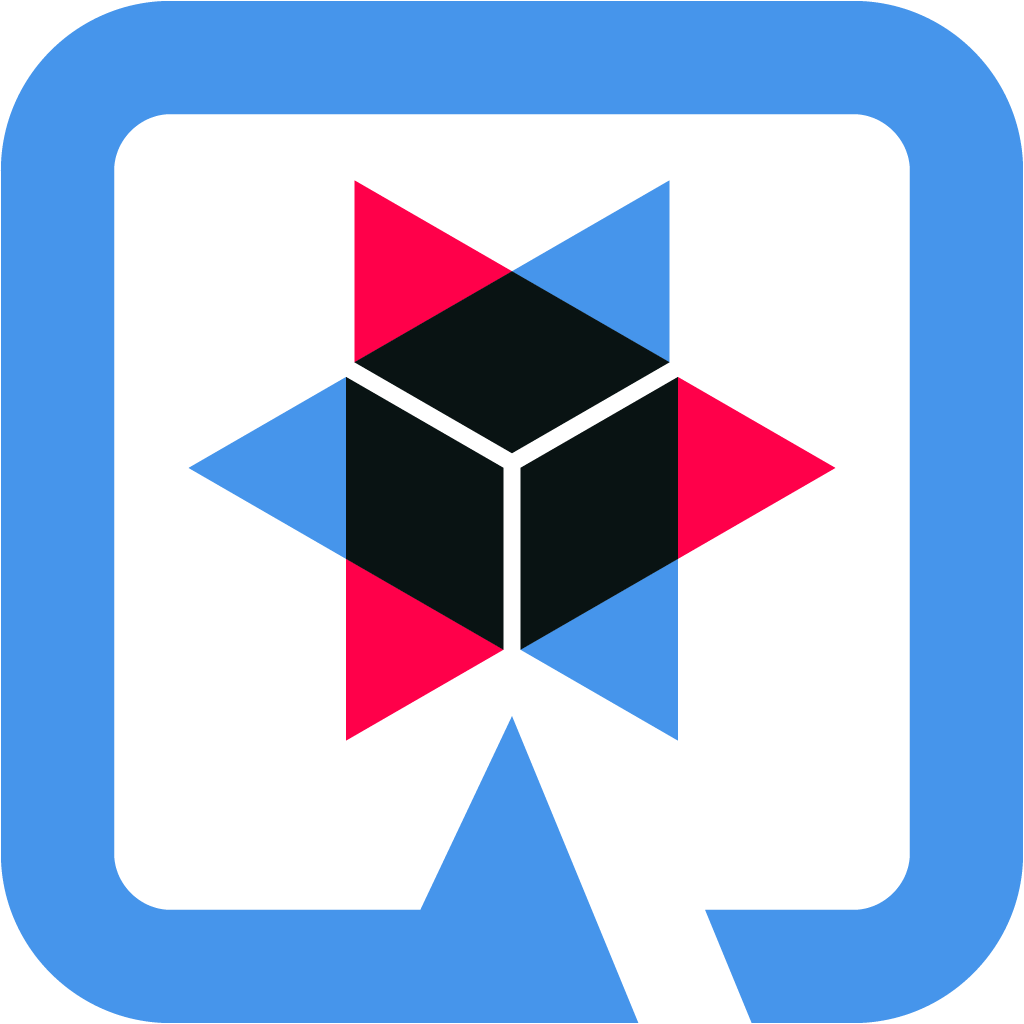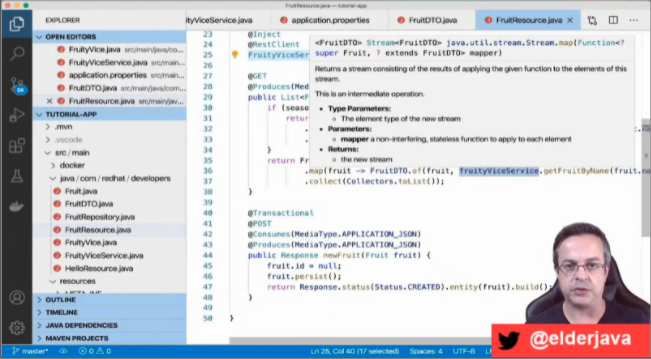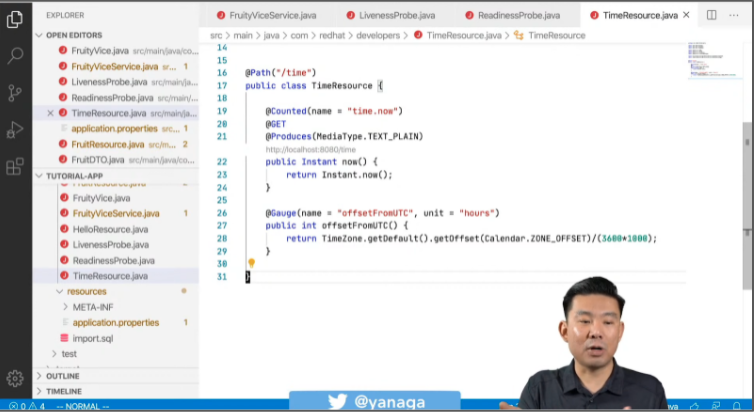Quarkus
Learn the basics of Quarkus as well as the more advanced principles in two modules of 1 hour each.

Tutorial: dn.dev/quarkus-tutorial
Slides: dn.dev/quarkus
Quarkus I
Duration |
Audience |
Level |
1 hour |
Spring, Java EE, and Enterprise Java developers |
Beginner |
Is your Java app consuming the server’s whole memory and taking minutes to boot? And then, even more time to redeploy? Get rid of your 25-year-old Java jokes and learn Quarkus, the supersonic, subatomic Java.
Join this deep dive session to learn how Java apps can have small memory footprints, boot in milliseconds, and help you have instantaneous save/refresh coding sessions. Interact with our CodeCasters and other attendees while learning the superpowers that Quarkus brings to next-generation apps. The world has changed, and Java changed with Quarkus, too. Upgrade your skills with us!

What you will learn:
-
Quarkus setup
-
CRUD and RDBMS
-
JVM and native deployment
-
Custom configuration
-
Quarkus deployment to Kubernetes/OpenShift
-
Spring compatibility extensions
Quarkus II
Duration |
Audience |
Level |
1 hour |
For developers and hands-on architects |
Intermediate |
You have already learned to be superfast and supersmall with Quarkus: Subatomic, Subatomic Java. What’s next? Adding more Cloud/Kubernetes Native capabilities, of course! Join this deep dive session to learn how to add fault tolerance, metrics, security, and much more that you need to develop, deploy, and run your Java apps successfully in the Cloud. Interact with the CodeCasters and other attendees while learning the superpowers that Quarkus brings to your Cloud/Kubernetes Native apps. The world has changed, and Java changed with Quarkus, too. Upgrade your skills with us!

What you will learn:
-
Microservices architecture
-
Fault tolerance
-
Health checks
-
Metrics
Quarkus III
Tutorial: dn.dev/quarkus-tutorial
Slides: dn.dev/quarkusmaster3
Duration |
Audience |
Level |
1 hour |
For developers and hands-on architects |
Intermediate |
You have already learned to be superfast and supersmall with Quarkus: Subatomic, Subatomic Java and added some cloud-native Kubernetes capabilities; what’s next? Adding event-driven and reactive programming. Join this deep dive session to learn why it’s crucial to adopt reactive programming, which benefits you obtain by using it, and how easy is to get started with Quarkus. You’ll learn when you can get the benefits of reactive programming and how to use Quarkus to build an event-driven application. Upgrade your skills with us!

What you will learn:
-
Reactive Programming with Quarkus and Mutiny
-
Developing Event-driven architectures
-
Integrating Quarkus with Kafka
Quarkus IV
Tutorial: dn.dev/quarkus-tutorial
Slides: dn.dev/quarkus4-workshop
Duration |
Audience |
Level |
1 hour |
For developers and hands-on architects |
Intermediate |
Generative AI has taken the world by storm over the last year, and it seems like every executive leader out there is telling us “regular” Java application developers to “add AI” to our applications. Does that mean we need to drop everything we’ve built and become data scientists instead now? Fortunately, we can actually infuse AI models built by actual AI experts into our applications in a fairly straightforward way thanks to some new projects out there. We promise it’s actually not as complicated as you might think! Thanks to the ease of use and superb developer experience of Quarkus, and the nice AI integration capabilities that the LangChain4j libraries offer, it becomes trivial to start working with AI and make your stakeholders happy. Come to this session to learn how to infuse AI models into your Java applications.

What you will learn:
-
Add AI services to your Quarkus applications
-
Call functions from AI model responses and integrate with websockets
-
Work locally with AI Models